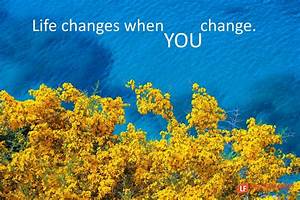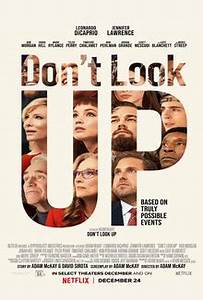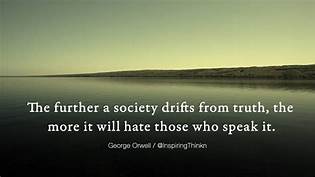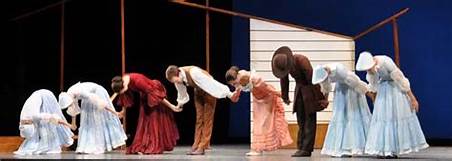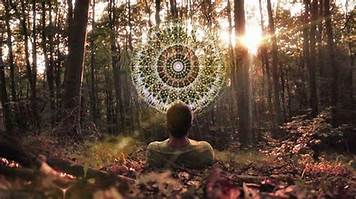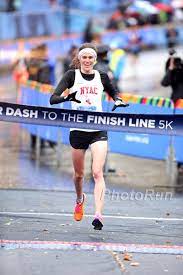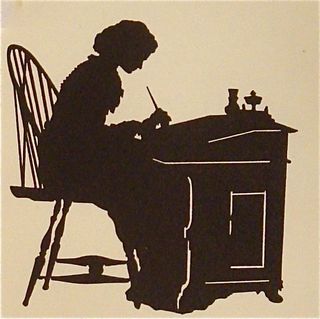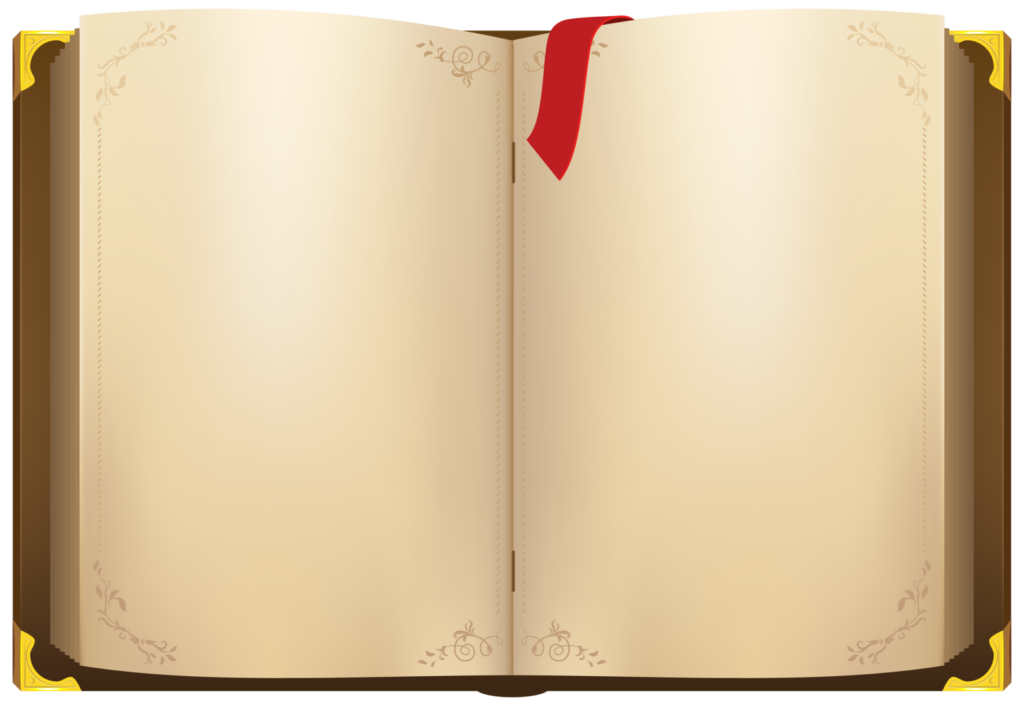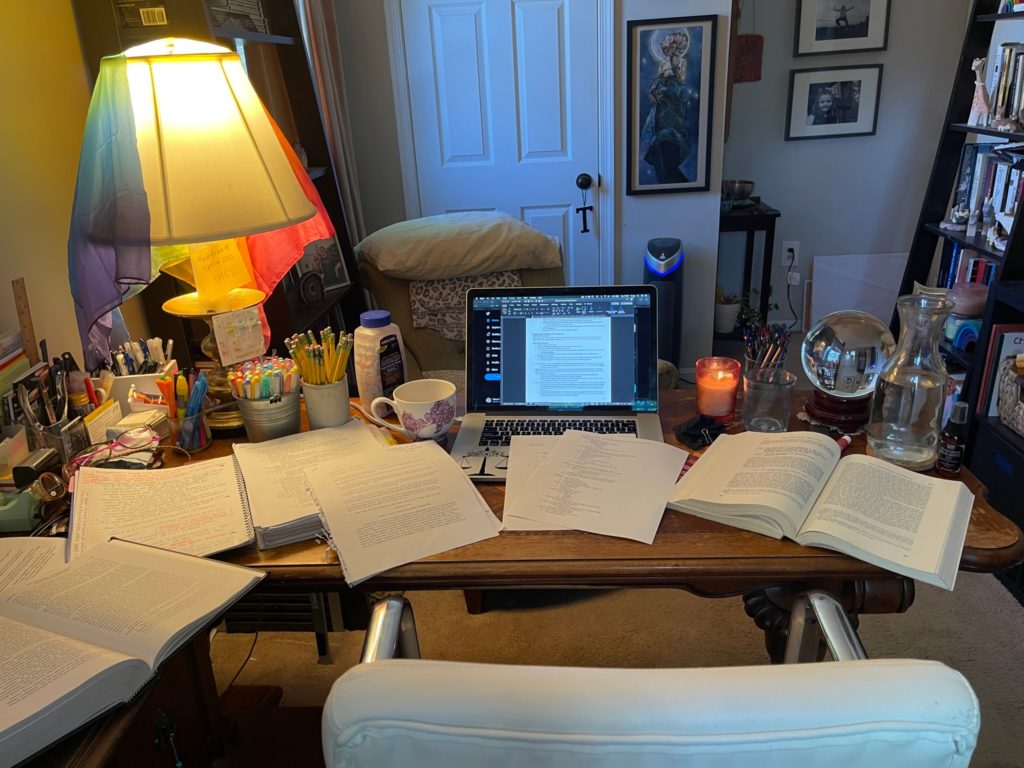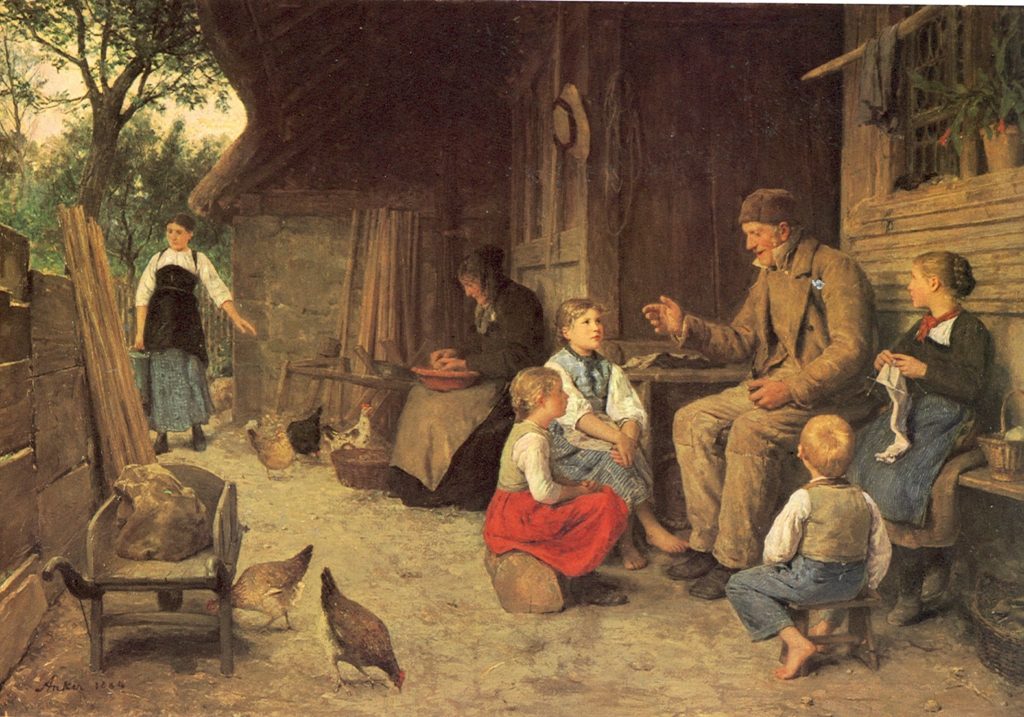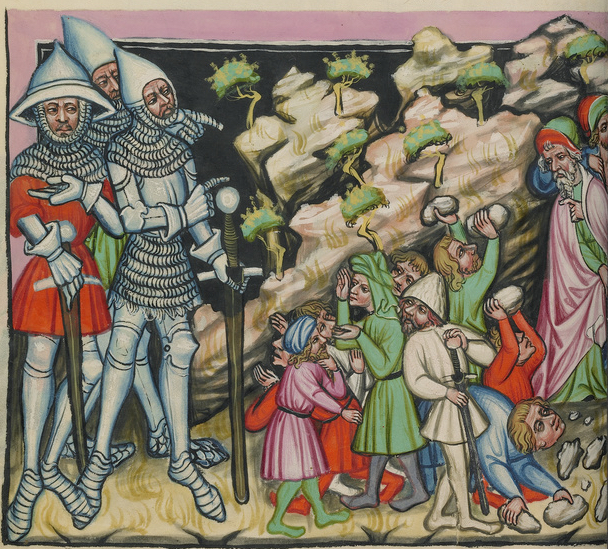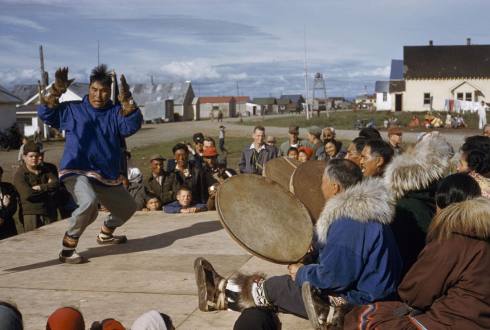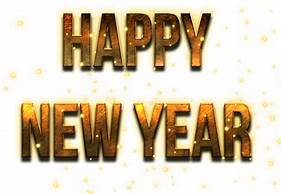
Who do you think you are? The victim of your environment? A pawn in the game of life? A fallen leaf blown here and there by the winds of change? Or are you the creator of your own destiny? The cause rather than the effect?
Whatever role you play in this world, you can make it better. It may take a great deal of courage and effort if you’re under oppression. It may require incredible persistence if you’re plagued with an addiction. If it’s merely inertia that’s your great enemy, you may need to reach down deep to overcome it. We all have something holding us back. I don’t mean to minimize anyone’s challenges whether they’re internal or external ones. But almost everyone does have the capacity for improving their condition. My hope here is to give you some guideposts for making it happen.
A Fresh Start
You’ve probably heard the old saying, “Today is the first day of the rest of your life.” Taking that truth to heart and applying it to your own set of circumstances can give you a clean slate–at least mentally. With the beginning of a new year, many people are inclined to make a change in their lives. These resolutions usually have to do with something they have been falling short on, something they’ve been wanting to change without success. The new year is a natural place to press restart. I mean, the old year with its imperfections is ending and a brand new year brings brand new, untainted opportunity. For the serious-minded person looking for a change, it’s a chance to start anew. They can draw on the new energy, no matter whether it’s just coming from their own imagination. A fresh start is just what’s needed for many.

A Decision
Every action we take begins with a decision. Without it, nothing happens. If you are to break a bad habit or make some other significant change in your life, you will have to make a decision in order to bring about the desired effect. And that decision needs to be strong, unwavering and clear.
A Plan
I’m primarily referring to one change at a time, but I know I’ve made several New Year’s resolutions at once for an incoming year. If that’s what you do, then make a plan for each. Of course, there can be some overlap where the same strategy type can apply to multiple resolutions. Feel free to have some repeating instructions for yourself across however many plans you’re drafting.
Your plan should be sort of a vehicle to take you to your destination, the final goal. You should design it to your own specifications, but I’ll share a few ideas on components I think are important.
First, your plan will likely consist of a series of steps. This is true even if the goal is simple, as in the case where you want to be a better person in some way. Let’s take the example of being more considerate to others, which may seem like a one-step process. It’s not as easy as it sounds to change your behavior. You may find that you slip right back to old habits despite deciding to operate differently. Here you are hurrying to get in line in front of the mother with a restless infant in her shopping cart full of groceries. You’re on a tight schedule, right? The steps of your plan could include a time study which helps you handle time better and makes it easier to consider others’ needs ahead of yours. If your plan helps you foresee stumbling blocks along your way, your odds of success improve.
Forgive yourself when those stumbles do occur. Resolve to do better this day. Keep yourself moving forward, even if it’s by baby steps.
Keep a journal of your progress. Every day, preferably at the end of the day, take stock of how you did on your plan. Recognize where you missed the mark and acknowledge your accomplishments. This will keep you on track and could give you either more determination to do better or pride in what you’ve attained.
Stay the Course
Never give up. The year ahead is clay in your hands. One thing to keep in mind, though, is that staying the course doesn’t necessarily mean sticking to the plan even if it turns out to be flawed. If you realize you need to do something different to advance toward your goals, don’t hesitate to tweak away. Also, if you need help with any part of the entire process, seek advice. We’re all connected and your good is their good.
